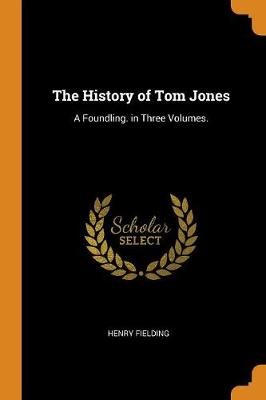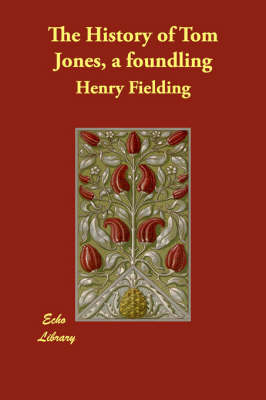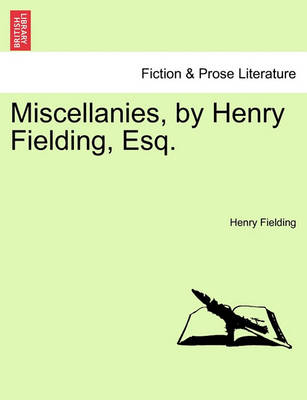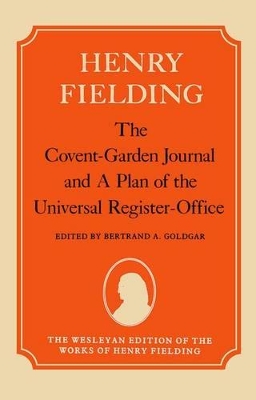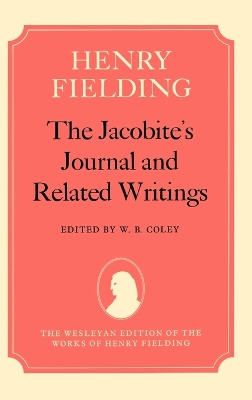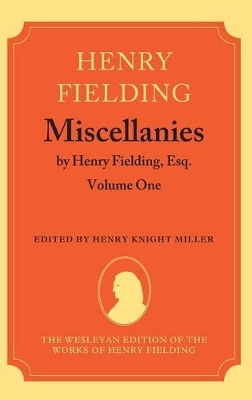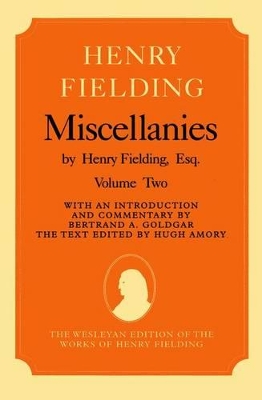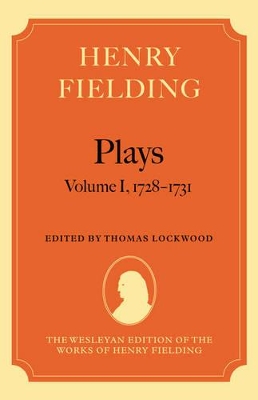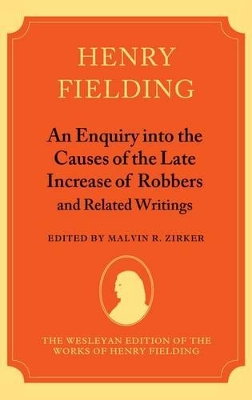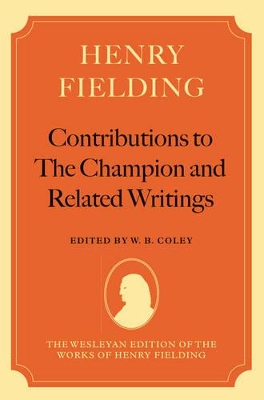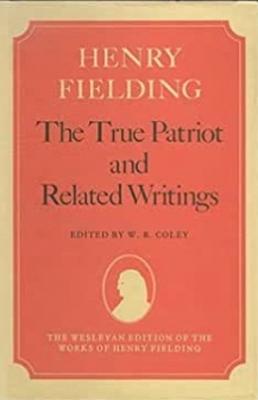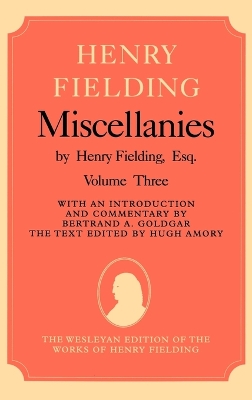The Wesleyan Edition of the Works of Henry Fielding
14 total works
With its combination of satire and sentiment, its focus on the seedy side of London life, and its unexpected shifts in tone, Amelia has intrigued and disturbed readers since its first publication. Eagerly awaited by Henry Fielding’s eighteenth-century readers of Tom Jones, the novel perplexed many of them. Amelia counters the traditional courtship plot of eighteenth-century novels with its convincing portrayal of a marriage between an errant husband and his wife, and is ahead of its time in its depiction of the alienation of modern city life.
Appendices include contemporary criticism and related works by Alexander Pope and Sarah Fielding.
"This edition offers a critical unmodernized text of Tom Jones. The text is critical in that it has been established by application of analytical criticism to the evidence of the various documentary forms in which the novel has appeared. It is unmodernized in that every effort has been made to present the text in as close a form to Fielding's own inscription and final revision as the surviving documents permit, subject only to normal editorial regulations." - from the Textual Introduction
The Covent-Garden Journal and A Plan of the Universal Register-Office
by Henry Fielding
London. The Journal is thus an essential text not only for students of Fielding but for anyone concerned with the social and literary history of the period.
The general introduction explains the connection between the Journal and the brief pamphlet A Plan of the Universal Register-Office (1751) and places them in Fielding's career; it then describes the journalistic background, major themes, and immediate reception of the Covent-Garden Journal. Full explanatory notes are provided for all topical and historical allusions.
The text of the Plan has not been reprinted since the eighteenth century. The present text of the Journal, incorporating a recent discovery of revisions in Fielding's hand, offers in an appendix a column about Fielding's magistracy not previously reprinted. Other appendices provide a complete record of all textual amendations.
age. The annotation and commentary to this edition present new evidence about Fielding's manipulation of historical sources in the Journey, which is shown to be both artistically complete and thematically consistent with the other material in the Miscellanies.
The remaining two works in this volume are both plays which Fielding included at a late stage of planning for the book: the farce Eurydice, a burlesque of mythological figures who function as vehicles for topical satire, and The Wedding Day, a revision of an intrigue comedy written early in his career but staged for the first time in 1743, only a few months before the Miscellanies appeared.
The introduction reviews this period of Fielding's career and describes the circumstances leading up to the original publication of Miscellanies by subscription, and the historical and biographical contexts of the works included in Volume Two. The text follows the significant features of the 1743 presentation, as far as possible; the Greg-Bowers `Rationale' hitherto observed in the Wesleyan Edition is refined and augmented by more recent textual theorizing. The full,uncensored text of
The Wedding Day, from Larpent MS 39 in the Huntington Library, is given as an appendix to the censored form published in Miscellanies.
experimentalist and entrepreneur in a cheerfully mocking form of drama journalistically devoted to contemporary experience, culture, and politics. This volume presents the first seven of these plays in a critical unmodernized edition based on the original texts, with explanatory notes and commentary on
sources, stage history, and critical reception, as well as appendices accounting for textual variation, bibliography, and musical sources.
An Enquiry into the Causes of the Late Increase of Robbers, and Related Writings
by Henry Fielding
Henry Fielding: Contributions to The Champion, and Related Writings
by Henry Fielding
Walpole figures hugely, and the extent to which Fielding hints at the minister's life and activities is remarkable.
Much of the volume's material has never been reprinted before. Explanatory annotations are full, as the characteristically allusive and topical nature of Fielding's writing requires. Appendices provide an analytical textual apparatus, and the editorial introductions emphasize matters such as genesis and composition, circumstances of publication, in addition to immediate biographical, literary, and historical backgrounds.
Te present volume contains three pamphlets -; the Serious Address, the History of the Present Rebellion, and the Dialogue Between the Devil, the Pope, and the Pretender -; and one journal, the True Patriot of 1745-6. Coming from what may be called the second period of Fielding's intensive political journalism, they are all informed by the same political purpose: to deal with the crisis represented by the Jacobite uprising known as the 'Forty-Five' and with the implications this event was perceived to have or the Pelham administration in particular.
As usual with the Wesleyan Edition, there is a detailed introduction, a textual introduction, textual apparatus, and full annotation throughout the texts, as well as an index.
CONTRIBUTORS: W.B. Coles.
`great men'.
The general introduction to this edition sets the novel against its historical and biographical background and argues against the view, common since the mid-nineteenth century, that it is a personal satire directed at the figure of Sir Robert Walpole. In both the general and the textual introductions, the editors also offer a fresh view on questions about the date and history of the work's composition. Full explanatory notes and commentary place Fielding's allusions and details in their
contemporary context.
As in previous volumes of the Weslyan Edition, this provides critical, unmodernized text, based on the Greg-Bowers `Rationale of Copy-text'. The version is that of the first edition, with an appendix giving all variants in wording and presentation in the 1754 revision. In his introduction the textual editor lays out the rationale for his choice of version. This volume also includes, for the first time in modern edition, Fielding's list of subscribers to the Miscellanies, along with
detailed biographical notes and an analysis of the subscription list by the textual editor.
